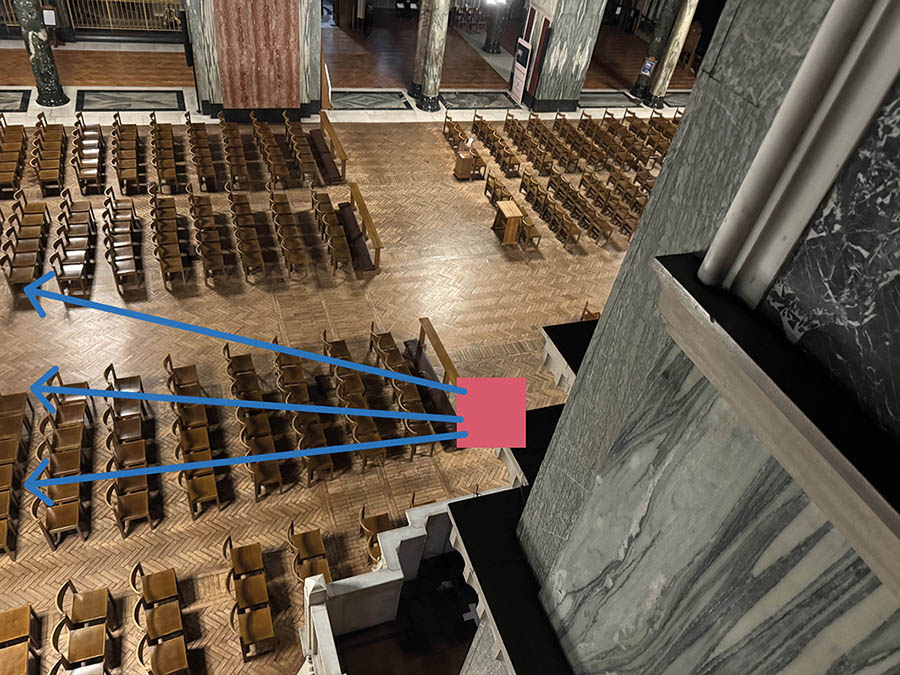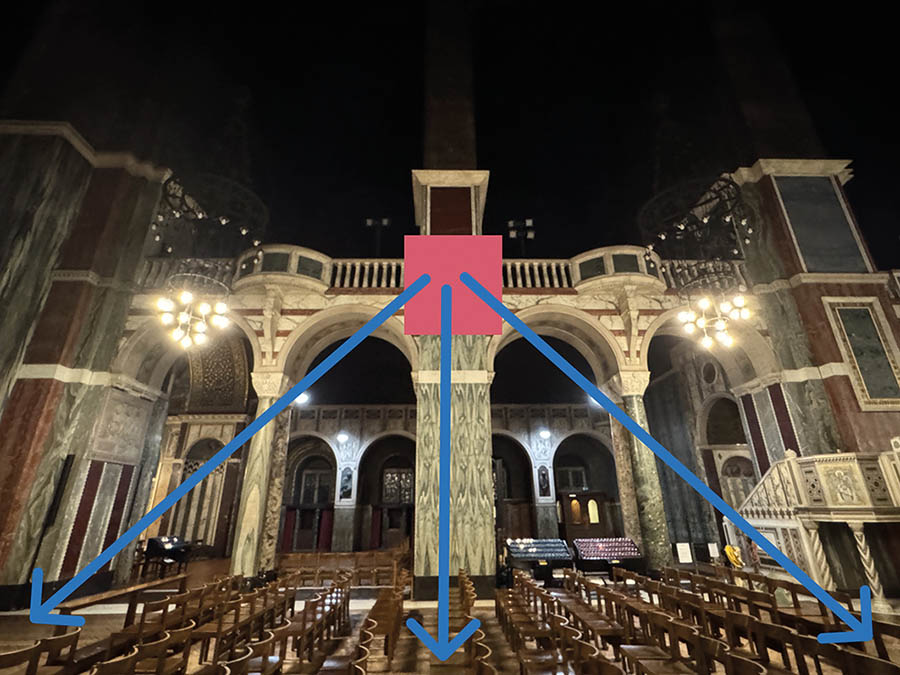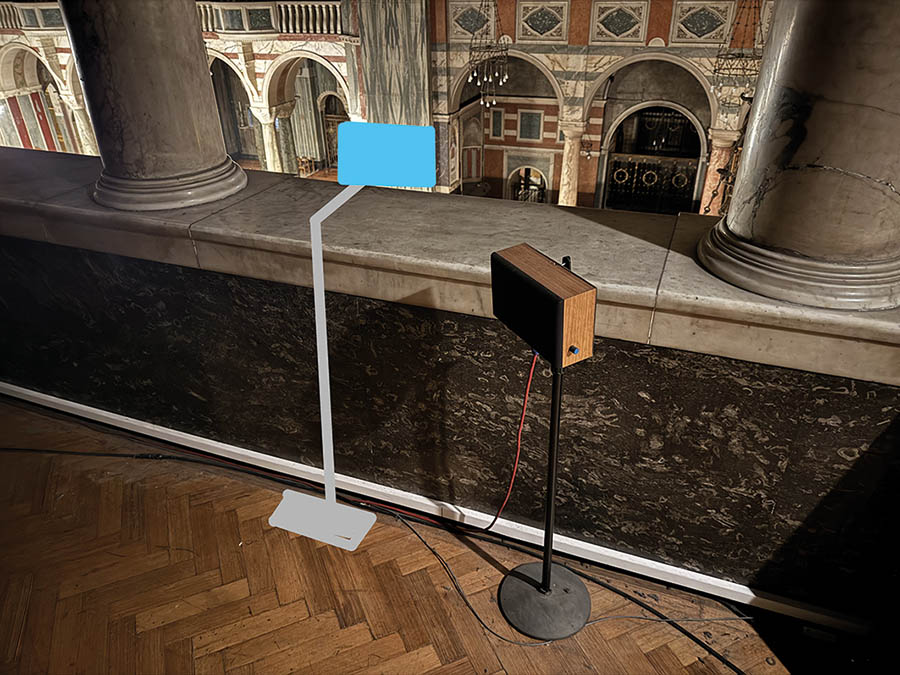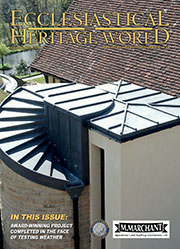Reinforcement work helps direct the Word
 Specialist installer Vanti Stage have recently completed the installation of antenna reinforcement for the radio microphones at Westminster Cathedral. Here Vanti Stage’s service manager for the South, Paul Beales, explains some of the technical challenges the project involved.
Specialist installer Vanti Stage have recently completed the installation of antenna reinforcement for the radio microphones at Westminster Cathedral. Here Vanti Stage’s service manager for the South, Paul Beales, explains some of the technical challenges the project involved.
The installation of the antenna reinforcement will not only allow the cathedral to operate its radio microphones from the main West Door, but also improve the coverage throughout key points of the cathedral – including the Lady Chapel – and will replace the somewhat temporary existing antenna installation. That will not only improve performance, but also the aesthetics, in that there will be less equipment visible.
The coverage provided for the Lady Chapel not only allows the radio microphones to work through the main PA system, but also allows for a future requirement wherein the existing radio microphones can be routed to a stand-alone Lady Chapel PA system. That will maximise return on investment, since there will not be a need to purchase another set of radio microphones just for the occasional use in the Lady Chapel.

Radio frequencies in the 600-700MHz range are highly directional and are easily attenuated by large objects such as pillars and other building structures. It is very important that antennae have a clear line-of-sight to the radio microphone transmitter; therefore satisfactory coverage of a building such as Westminster Cathedral with a single antenna array is rarely possible. In addition, as the frequency increases, so do losses in the coaxial cable (coax) connecting the antennae to the receiver.
The type of antenna, location and distance from receiver are a careful balancing act to ensure losses in the system are kept to a minimum. Simply extending the coax cabling by 100 metres to an antenna right beside the West Door, for example, would result in large losses and also not provide seamless coverage in the main areas. A very high-quality low-loss coax such as LMR 400 – which is expensive – would still be required due to the distances involved.
Each antenna specified works on the mixed polarisation diversity principle and therefore will require two feeds of coax back to the main system rack.
- For coverage down to the West Door and up the main isle, an RF Venue Diversity Fin antenna was positioned (above left). A custom-made bracket facilitates the antenna being discreetly mounted so it has a clear line of sight to the areas of interest. There will be approximately two 50m runs of coax needed and a pair of RF Venue in-line amplifiers will be required to take into account cable losses.
- For coverage in the area ahead of that antenna and in front of the steps, an RF Venue Diversity Architectural Antenna will provide 180º coverage (above centre), as the distance from microphone transmitter to antenna is a lot less.
- For coverage around the altar and choir stalls another RF Venue Diversity Architectural Antenna will provide 180º omnidirectional coverage of the area as, again, the distance from microphone transmitter to antenna is a lot less. A custom-made metal mounting bracket and plate was fabricated so the antenna can be supported from the wooden floor and ‘look over’ the marble rail, since we are not allowed to mount anything directly onto the marble rail (above right).
- For coverage in the Lady Chapel, another RF Venue Diversity Architectural Antenna was mounted high up next to the loudspeaker.

Those four diversity antenna systems have been combined into a single diversity output by an RF Venue 4 Zone and the output fed into the cathedral’s existing RF distribution amplifier. The RF Venue 4 Zone is mounted in the main PA rack on the balcony beside the exiting radio microphone equipment.
The cathedral installation was carried out and the performance tested by the team on site – which they were very happy with. Radio microphone signals are now rock solid throughout the cathedral – including in areas where coverage was not originally specified. Mics can now even be taken outside the West Door onto the steps, where the receiver still registers full signal strength.
I attended the service on Good Friday to witness the performance, which was solid throughout the whole system. I took around 10 signal and 19 RF spectrum measurements around the cathedral to demonstrate the completeness of the performance of the system. I also noted that audio distortion from the radio mics appears to have disappeared.
• For further information visit www.vanti.co.uk/stage













